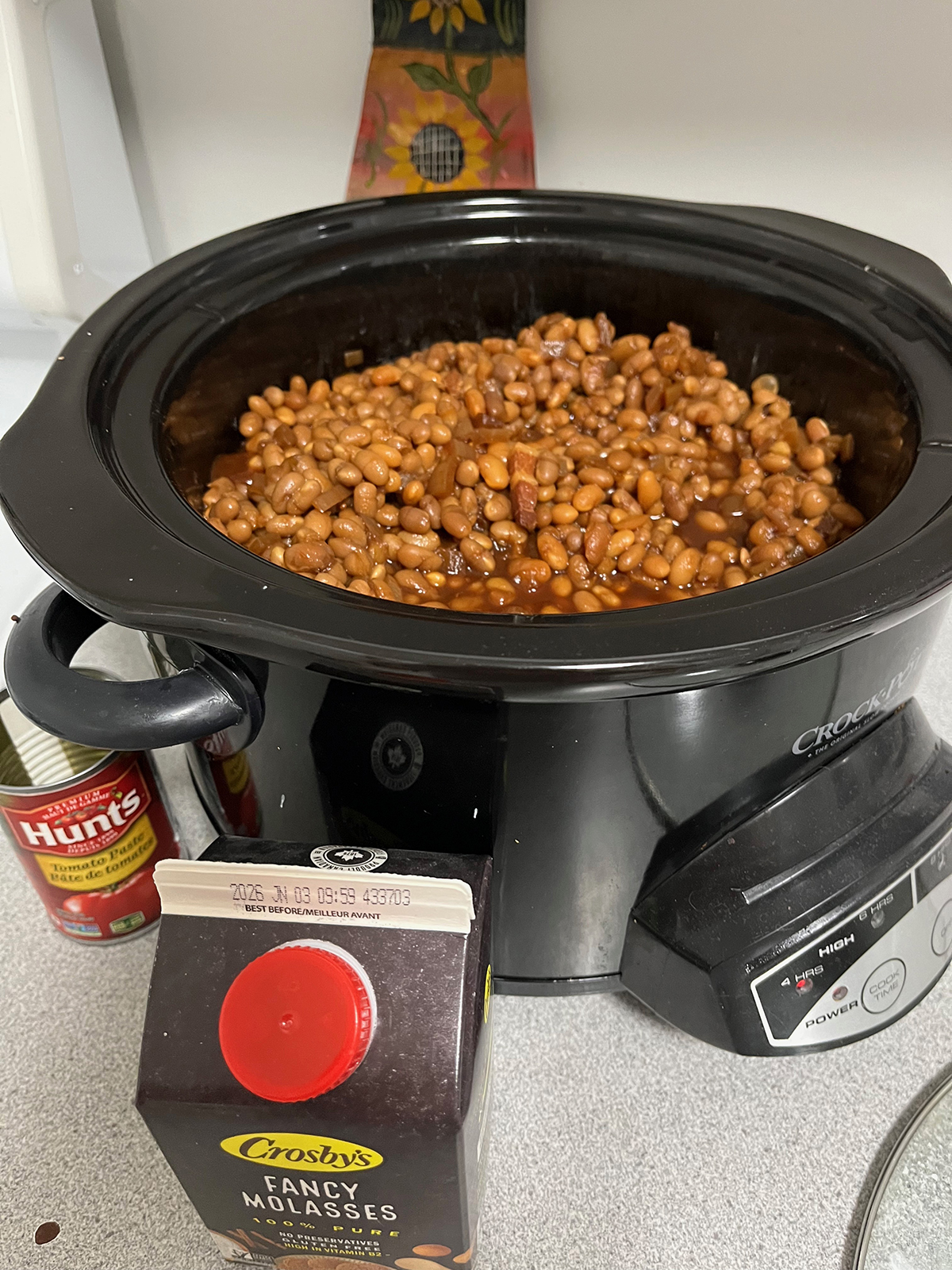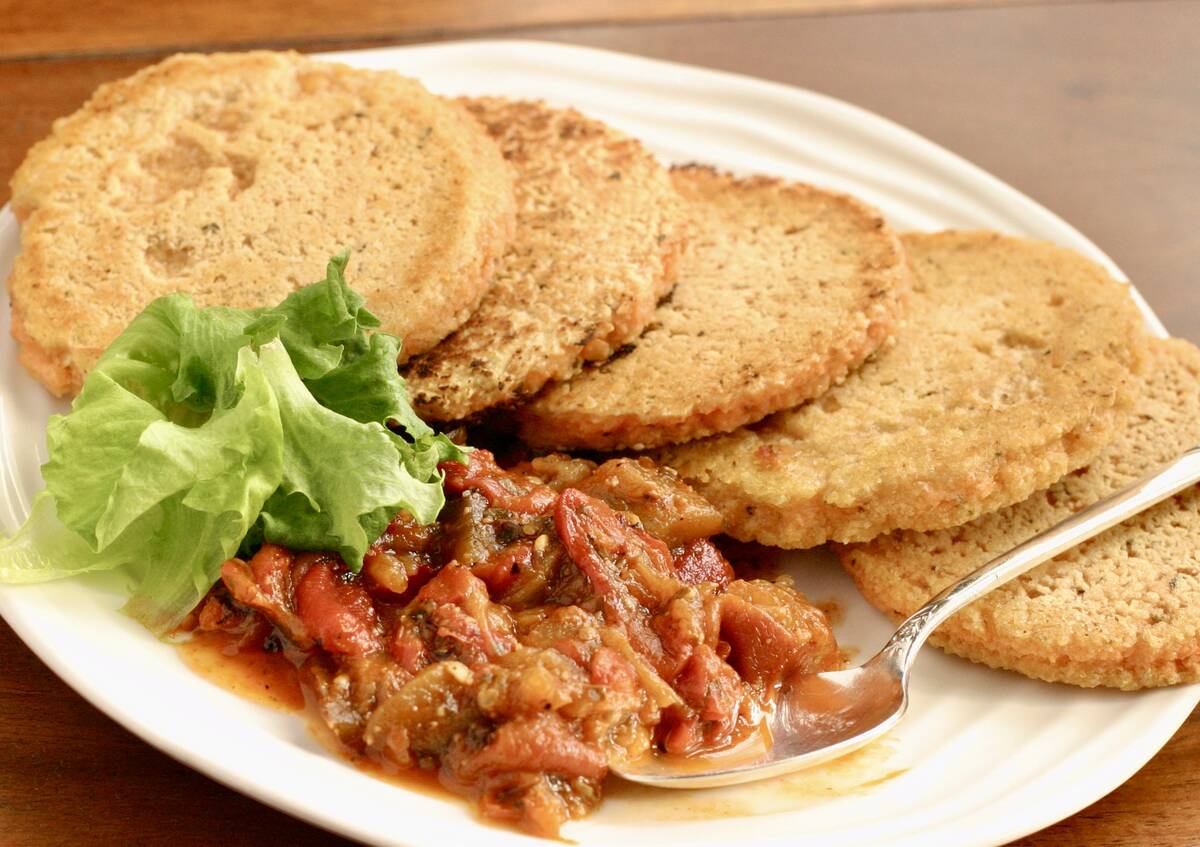Pulses are in the legume family. The main difference between pulses and legumes is that pulses are dried before they are eaten. Fresh peas are legumes; dried peas are pulses.
Pulses are one of the highest fibre foods — just one portion of pulses provides about a third of the fibre you need for the entire day. That means they can help lower your risk of heart disease, stroke, type 2 diabetes and bowel cancer.
Studies have found that eating one serving of pulses per day can significantly reduce LDL cholesterol. Their mix of protein and fibre means they are digested slowly, making you feel fuller for longer.
Read Also

Know what costs are involved in keeping crops in the bin
When you’re looking at full bins and rising calf prices, the human reflex is to hold on and hope for more. That’s not a plan. It’s a bet. Storage has a price tag.
All tinned or dried beans, peas, chickpeas and lentils are pulses. They’re great to add to your diet because they are high in protein and fibre, low in fat and less expensive to buy. That means they can save you money, help you manage your weight and lower your risk of bowel cancer.
Lentil griddle cakes
If this flavour profile doesn’t suit you, feel free to substitute. Smoked paprika, onion powder or even add finely chopped shallots can be substituted for these spices.
- 1 c. red lentils 250 mL
- 1 1⁄2 c. water 375 mL
- 1⁄2 tsp. salt 2 mL
- 1 tsp. garlic powder 5 mL
- 1⁄2 tsp. cumin 2 mL
- 1⁄2 tsp. oregano 2 mL
- 1 tbsp. olive oil 15 mL
Start by soaking the red lentils in 1 1/2 cups of water for about three hours. This step helps to soften the lentils, making them easier to blend. Once soaked, drain them and blend until you have a smooth consistency.
In a bowl, mix in the salt, garlic powder, cumin and oregano. This combination will give your flatbreads a wonderful flavour.
Heat a non-stick pan over medium heat and lightly grease it with olive oil to prevent sticking. Pour the lentil batter in batches to form your flatbreads.
Cook each flatbread for about three to four minutes on each side until they turn a beautiful golden brown.
Serve with salads or antipasto vegetables.
Black lentil ragout
- 1/2 onion, finely diced
- 1 large carrot, peeled and finely diced
- 1 bay leaf
- 1/2 tsp. dried thyme
- 1 c. black lentils 250 mL
- 1 tbsp. tomato paste 15 mL
- 3 c. vegetable stock 750 mL
- 1 tbsp. olive oil 15 mL
- 1 garlic clove, finely minced
- 1/2 tsp. salt, omit if using store bought stock 2 mL
- 1/4 tsp. black pepper 1 mL
- 1 tbsp. parsley, finely chopped 15 mL
Sauté the onion, carrot and garlic on a medium heat until soft, about five minutes. Then add tomato paste and stir in the herbs.
Add lentils and stock, bring to a simmer and lower heat so it simmers gently. Cook with the lid off.
Skim off and discard any foam that gathers on the surface.
The lentils are done when they are just-tender and the liquid is mostly evaporated, about 15 minutes. The lentils should still be holding their form but be tender all the way through. There should still be enough liquid to coat the lentils so they are not dry.
Garnish with chopped parsley. Serve as a side dish.
Slow cooker baked beans from scratch
- 2 lb. dried navy beans 900 g
- 5 c. water 1.25 L
- 4 slices uncooked bacon, diced
- 1 medium onion
- 1/2 c. tomato paste 125 mL
- 1/2 c. molasses 125 mL
- 1/2 c. lightly packed brown sugar 125 mL
- 1 tsp. prepared mustard 5 mL
- 1 tsp. apple cider vinegar or red wine vinegar 5 mL
- 1 tbsp. kosher salt 15 mL
Place the beans in a large pot of water to soak overnight, or at least four hours. Drain and remove any hulls or broken beans that may have floated to the top.

Place the beans in slow cooker. Add the rest of the ingredients — diced bacon, diced onion, tomato paste, molasses, brown sugar, mustard, apple cider vinegar, salt and water. Stir to combine.
Cover the slow cooker and set on high. Cook the beans for six to eight hours until tender. Adjust seasoning as desired. Serve warm.
Once cooled, the beans can be stored in the refrigerator up to a week or frozen for several months.
Green lentil salad
- 1 c. green lentils 250 mL
- 4 c. chicken or vegetable stock 1 L
- 2 slices bacon, cut into 1-inch/2.5 cm pieces
- goat cheese
- 1 tsp. Dijon-style mustard 5 mL
- 1 tbsp. red wine vinegar 15 mL
- 2 tbsp. bacon fat, melted 30 mL
- 1 tbsp. olive oil 15 mL
- salt and pepper, to taste
Cook lentils in stock for about 20 minutes until tender but not mushy. Drain.
Meanwhile, sauté bacon over medium-low heat to render out the fat. Continue sauteing until bacon is crisp. Remove bacon and save the drippings.
Pour bacon drippings, red wine vinegar, olive oil and mustard into a small jar with a lid. Shake until well combined.
Finely chop vegetables and add to lentils while they are still warm. Stir in dressing.
Garnish with crumbled goat cheese. Serve.
Roasted red pepper hummus
- 1 red bell pepper, seeded, and cut in 1-inch/ 2.5 cm strips
- 1 jalapeno pepper, sliced in half length wise, optional
- 2 c. cooked chickpeas 500 mL
- 2 – 4 garlic cloves, chopped
- 5 tbsp. tahini paste 75 mL
- 1 – 2 tsp. sumac 5 – 10 mL
- 1/2 – 1 tsp.smoked paprika 2 – 5 mL
- juice of one lemon
- 2 tbsp. toasted pine nuts, optional 30 mL
- extra virgin olive oil
- salt
Preheat oven to 450 F (230 C).
Place the red bell pepper strips and jalapeno in a small baking dish or cast iron pan. Drizzle with olive oil. Bake in heated oven for 15 to 20 minutes or until tender and well charred. Check part-way and turn peppers over as needed. Remove from oven and let cool. Drain from oil.
In the large bowl of a food processor fitted with a blade, add the roasted bell peppers and jalapeno along with the chickpeas, garlic, tahini, sumac, smoked paprika, lemon juice and a little olive oil from the baking dish. Run the processor until you reach the desired creamy consistency. Taste and adjust seasoning, if needed. Run the processor again to combine.
Transfer to a serving bowl. Cover and chill.
When ready to serve, top roasted red pepper hummus with a little more extra virgin olive oil and the toasted pine nuts, if using. Add a pinch of paprika or sumac for garnish, if you like. Serve with warm pita bread and sliced vegetables for dipping.
Sarah Galvin is a home economist, teacher and avid supporter of local food producers. She has been a market vendor, grew up on a farm in southeastern Saskatchewan and is a member of TEAM Resources.
















